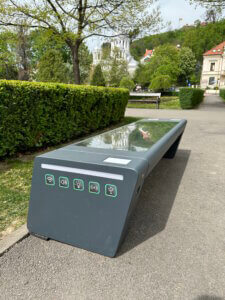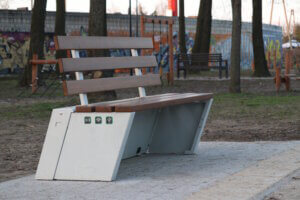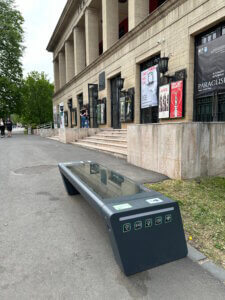In the age of digital transformation, public spaces are evolving to accommodate the growing demand for connectivity. Wi-Fi has become a crucial aspect of urban development, helping cities bridge the gap between physical spaces and digital experiences. As municipalities seek to enhance public services and improve the quality of life for residents and visitors, the implementation of Wi-Fi infrastructure has proven to be a key driver in fostering smarter, more connected cities.
Public Wi-Fi: More Than Just Internet Access
Public Wi-Fi networks do more than provide internet access; they create opportunities for cities to improve the way they deliver services, engage with citizens, and gather data for future planning. In parks, city squares, and other outdoor venues, wireless connectivity enables seamless interaction between individuals and their surroundings. By deploying reliable Wi-Fi solutions, cities can offer free internet access, fostering inclusion and providing underserved communities with essential connectivity.

Outdoor Wi-Fi Solutions for Smarter Public Spaces
Outdoor environments pose unique challenges for Wi-Fi coverage, including the need for robust, weather-resistant infrastructure and high-capacity networks to handle large volumes of users. SEEDiA’s advanced wireless solutions cater specifically to the demands of outdoor public spaces, delivering secure and scalable connectivity through products like solar-powered benches and smart bus shelters. These outdoor Wi-Fi solutions not only serve as practical amenities but also contribute to the overall aesthetic and sustainability of urban environments.
How Municipalities Can Benefit from Public Wi-Fi
City governments and municipalities can leverage Wi-Fi hotspots to improve public services and engage with local communities. With secure public Wi-Fi available in popular public venues, residents and tourists alike can access information, navigate cities more easily, and even interact with municipal services. Wi-Fi access points installed in key locations also allow for the collection of valuable data, which can help cities make informed decisions on urban development and community needs.
Wi-Fi Access for Sustainable Cities
Incorporating sustainable technology into urban planning is essential for the cities of tomorrow. By combining Wi-Fi networks with renewable energy solutions, such as solar-powered benches, municipalities can reduce their carbon footprint while providing modern services. SEEDiA’s smart city solutions not only offer reliable Wi-Fi access but also support the goal of creating environmentally friendly public spaces. These efforts align with the broader mission of building sustainable, smarter cities that are both connected and eco-conscious.
Wi-Fi Connectivity for Community Engagement
Public Wi-Fi access is a powerful tool for enhancing community engagement. When people have access to fast and reliable internet in public areas, it creates opportunities for increased social interaction, participation in local events, and access to online resources. SEEDiA’s Wi-Fi infrastructure empowers cities to transform public spaces into hubs of connectivity, where citizens can stay connected, access real-time information, and contribute to the vibrancy of their communities.
Conclusion
Wi-Fi connectivity is at the heart of building smarter, more resilient cities. As cities continue to evolve, the integration of public Wi-Fi networks into outdoor spaces will become increasingly essential for fostering innovation, improving public services, and creating a sense of community. SEEDiA is proud to be at the forefront of this transformation, delivering innovative Wi-Fi solutions that enhance the connectivity and sustainability of cities worldwide.

